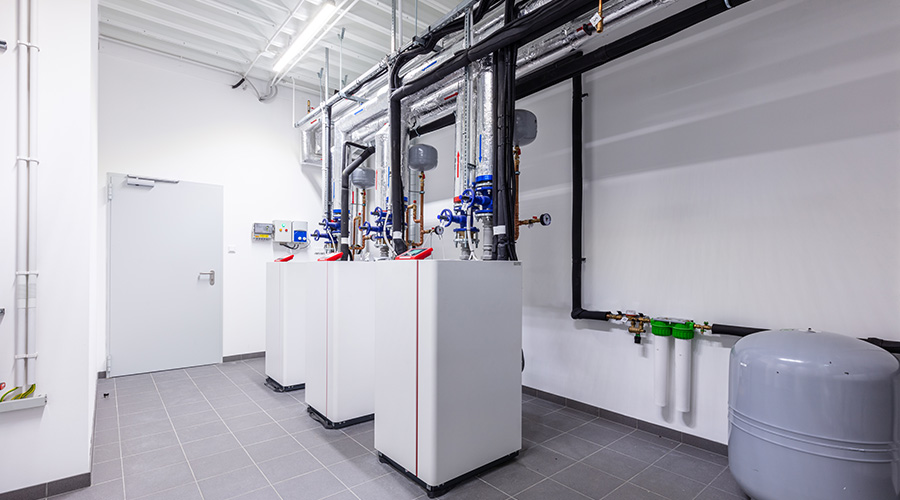HVAC Research Leads To Revisions in Title 24
California recently revised its Title 24 building standards code to incorporate automated fault detection and diagnostics (FDD) technology developed by the National Institute of Standards and Technology (NIST).
California recently revised its Title 24 building standards code to incorporate automated fault detection and diagnostics (FDD) technology developed by the National Institute of Standards and Technology (NIST).
FDD uses artificial intelligence rules and statistical analysis to find the location of mechanical problems in HVAC systems – valves, temperature sensors, dampers or coils – to improve the system’s performance and energy efficiency.
Buildings consume about 40 percent of energy use in the United States – more than transportation or industry. A substantial amount of that energy is used for HVAC to keep employees comfortable and computers cool.
The research began in a NIST lab equipped with an instrumented air-handling unit similar to those on top of small office buildings and a set of variable-air-volume boxes that control airflow into offices. Engineers evaluated typical problems in these systems, such as what happens when a leaky valve is producing hot air during air-conditioning season.
Later, the engineers used a virtual cybernetic building test bed at NIST to simulate what faults occur in different types of buildings under a variety of weather conditions. They installed the fault-detection technology and tested it in buildings. With the FDD technology, building technicians know which variable-air-volume box needs work when an HVAC problem occurs.
The air-handling units and variable-air-volume boxes are just two components of HVAC systems. NIST researchers will continue to apply this FDD technology to other pieces of the system.
Related Topics:











